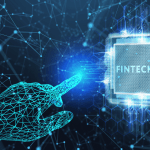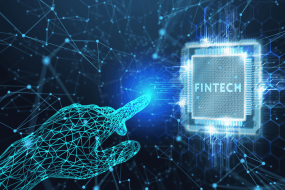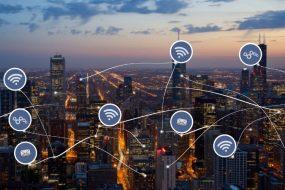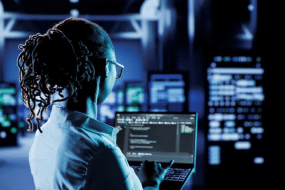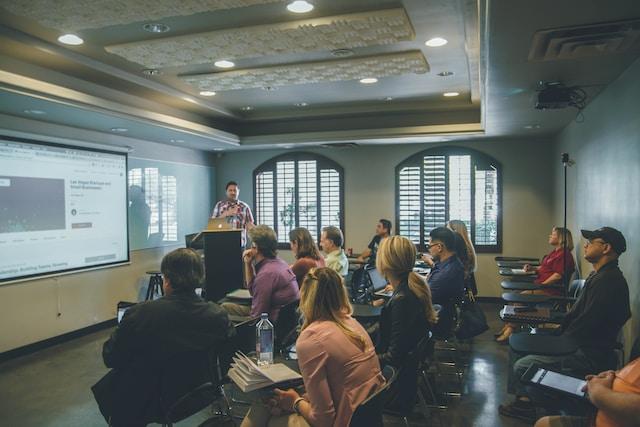
The introduction of technology in education has completely revolutionized how we acquire knowledge. With all the amazing developments in digital innovation, traditional education is becoming an interactive adventure. Thanks to technology, educators have many new options to teach in different and creative ways.
This alternative view on how technology enhances education highlights its remarkable potential to transform the educational landscape. It extends beyond integrating gadgets and tools into the curriculum and investigates their profound influence on learning. Technology enables educators to support creativity, critical thinking abilities, student collaboration, and personalized learning opportunities.
Peachy Essay is a renowned company praised for its exceptional academic writing help. Thanks to technology, education is now in a new era, which gives us incredible chances to improve learning, involve students, and give teachers more power.
Access to Information
Technology has transformed how students and educators access information, opening up a world of knowledge at their fingertips. Online libraries, educational websites, and digital databases offer many resources, ranging from scholarly articles and research papers to textbooks, videos, and interactive multimedia content.
Students can now conduct quick and convenient research on various topics, expanding their learning beyond the confines of traditional textbooks. By clicking only a few times, they can examine diverse perspectives, dig deep into subjects that catch their attention, and participate in self-guided learning and investigation.
This easy access to information empowers students to take ownership of their education, encourages critical thinking and curiosity, and fosters a lifelong love for learning. Also, it enables educators to stay updated with the most recent investigations and teaching strategies, boosting their ability to provide pertinent and complete guidance to their students.
Personalized Learning
By leveraging technology in education, a significant shift has occurred whereby personalized learning experiences are now available to cater to each student’s distinct needs, talents, and learning approaches. Adaptive learning platforms and intelligent tutoring systems utilize advanced algorithms and artificial intelligence to offer personalized content, assessments, and feedback. Using student data analysis enables these systems to adapt the learning experience in real time, resulting in customized support and instruction for each student.
Technology can utilize the identification of strengths and weaknesses to deliver customized recommendations and adaptive content that effectively stimulate students at their unique proficiency levels, consequently sustaining their interest and drive. Furthermore, technology allows educators to monitor student progress more effectively, allowing them to step in and offer additional support whenever needed.
The individualized approach to education encourages student achievement, enhances comprehension of ideas, and nurtures a feeling of responsibility and empowerment regarding the learning journey.
Collaboration and Communication
Technology has transformed collaboration and communication in education, breaking geographical barriers and enabling seamless interaction among students, educators, and experts worldwide. The way people connect and share ideas, online platforms, video conferencing tools, and social media networks have transformed the entire education sector.
Students are privileged to participate in dynamic conversations, work collectively on group tasks, and acquire diverse perspectives from peers from distinct cultural and socio-economic settings. By connecting people worldwide, global connectivity encourages sharing cultures, widening perspectives, and cultivating an enhanced appreciation for differing viewpoints.
Interactive Learning
The advancement of technology has effectively enhanced interactive learning, captivating students and fostering their active involvement in the educational process. Educational software, multimedia presentations, virtual reality, and augmented reality applications have revolutionized how subjects are taught by providing immersive and interactive content beyond traditional textbooks. By leveraging VR technology, students can visit historical landmarks without leaving the classroom.
By implementing these technologies, educators can design educational experiences enriched with sensory stimuli, captivating students’ interest and enhancing the memorability of learning. By actively engaging with the content, students can manipulate objects, solve problems, and discover concepts firsthand, fostering a deeper understanding and retention of knowledge.
Real-World Simulations
The use of technology in education has brought about a significant change by providing practical experiences through real-world simulations. Students can have immersive and hands-on experiences in science, engineering, and healthcare by utilizing virtual labs, simulation software, and gamified learning platforms.
Utilizing these tools permits students to actively engage in lifelike scenarios and control virtual objects, empowering them to transfer their theoretical knowledge into practical contexts. An option for students is to create and test engineering prototypes in a virtual environment.
Lifelong Learning Opportunities
Technology implementation has paved the way for perpetual learning, empowering people at any point in their lives to extend their capacities and comprehension. Renowned institutions and experts have made their high-quality educational material accessible through platforms like Massive Open Online Courses, webinars, and online tutorials, which have gained significant popularity.
Through these online platforms, individuals can engage in self-paced learning, accessing various subjects and disciplines. The wealth of educational resources within the digital landscape empowers individuals to attain fluency in a foreign language, develop coding proficiencies, and uncover the nuances of art history. Moreover, technology assists learners in connecting and working together with dedicated individuals and professionals from around the world, cultivating a feeling of togetherness and support. With online learning, individuals can accommodate both personal and professional obligations alongside their pursuit of educational interests.
Data-Driven Insights
By utilizing technology, educators can gather and assess comprehensive data on student performance, engagement, and learning patterns. Learning analytics and educational data mining are powerful tools for collecting and processing data in educational environments.
Through data analysis, educators can recognize the domains in which students excel or struggle, thus enabling them to provide precise interventions and personalized support. These observations allow educators to personalize their teaching approaches, modify curriculum planning, and introduce differentiated instruction that caters to students’ diverse needs.
Furthermore, data-driven insights help optimize learning environments by identifying trends and patterns that impact student learning outcomes. Educators can identify effective instructional methods, determine areas that require improvement, and track the effectiveness of interventions and initiatives. The ongoing analysis and refinement of data in this feedback loop guarantee the continuous improvement of educational practices, focusing on meeting student needs and ultimately leading to increased educational achievements.
Conclusion
In conclusion, incorporating technology into education has offered us a fresh outlook that surpasses conventional limits and enables students and educators. Using technology, we can tailor instruction, adjust teaching approaches, and nurture collaboration, thereby enriching the learning journey. That being said, addressing equity, access, and digital literacy is indispensable while simultaneously practicing ethics for technology-enhanced education to benefit all students. While we navigate this constantly changing scene, embracing the possibilities and taking advantage of the capabilities of technology will push education toward a future where learning becomes captivating, inclusive, and personalized according to each student’s requirements.

